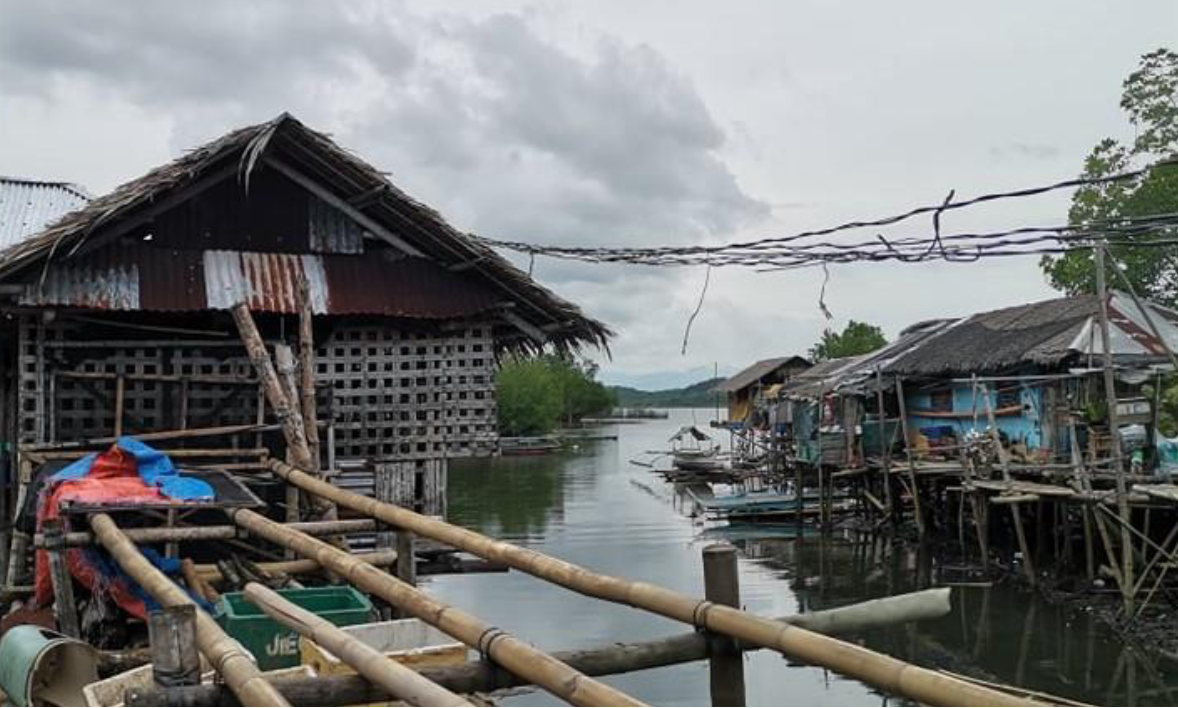
Municipality of Batan.
19 August 2024 – KALIBO, AKLAN The number of poor individuals in the province of Aklan dropped to 4.6 percent in 2023 from 20.2 percent in 2021 based on the latest poverty statistics released by the Philippine Statistics Authority.
This means that approximately 46 individuals for every 1, 000 are considered poor in Aklan or around 28, 430, a decreased by 94, 850 from 123, 280 recorded in 2021.
Aklan's poverty incidence is the lowest among the provinces in Western Visayas, placing it among the 39 least poor provinces in the country, along with Abra, Biliran, Camiguin, Davao de Oro, and Ilocos Sur.
Meanwhile, the poverty threshold or the minimum income required to meet the basic food and non-food needs of Aklanon individuals was estimated at P30,138.00.
This means that a family of five would need to earn at least P12, 558.00 per month to provide for its daily nutritional sustenance and other non-food basic requirements.
On the other hand, the poverty incidence among Aklanon families was estimated at 3.1 percent in 2023, lower by 10.8 percent compared to the 13.9 percent reported in 2021.
This means that there are 31 families out of 1, 000 who are considered poor, translating to around 5,000 families from 21, 490 below poverty line in 2021.
The per capita food threshold, or the minimum amount needed to meet a person’s basic food needs, was estimated at P21, 537.00, which translates to P1, 795 per month.
This means that a family of five needs at least P8, 974.00 per month to meet the family’s basic food needs.
On the average, the income of poor families in Aklan in 2023 was short by 10 percent of the poverty threshold.
This means that an additional monthly income of P1, 256.00 is needed by a poor family with five members in order to move out of poverty during the reference year.
Poverty incidence is the proportion of families/individuals with per capita income less than the per capita poverty threshold to the total number of families/ individuals.

